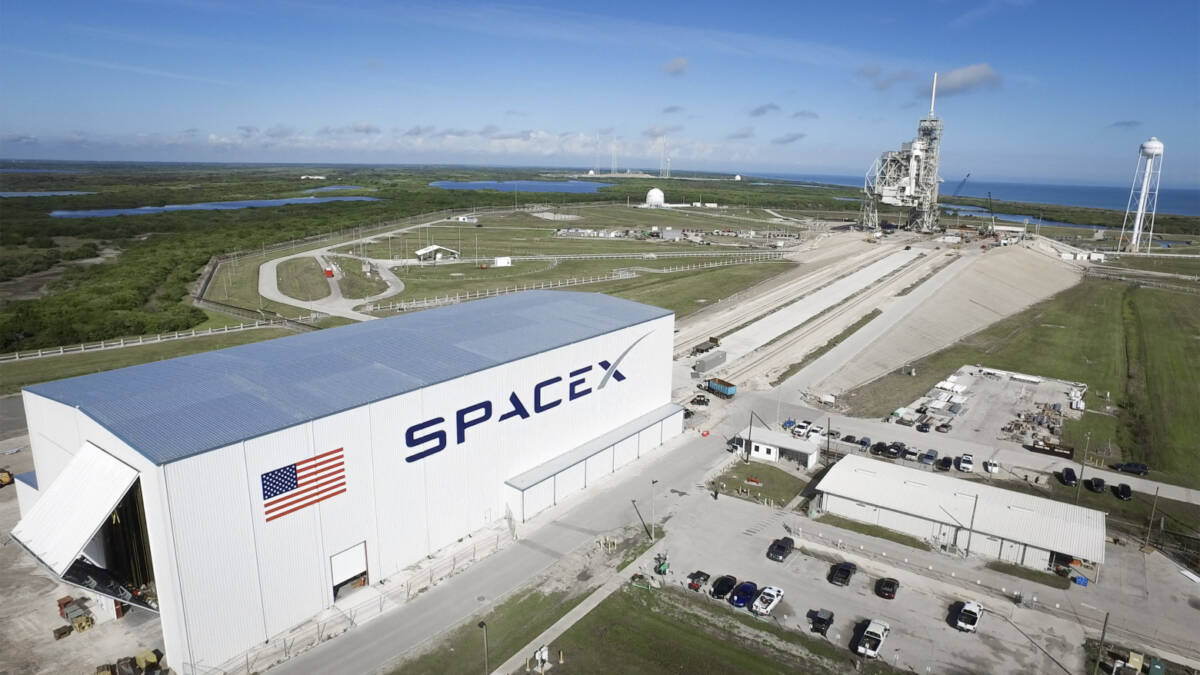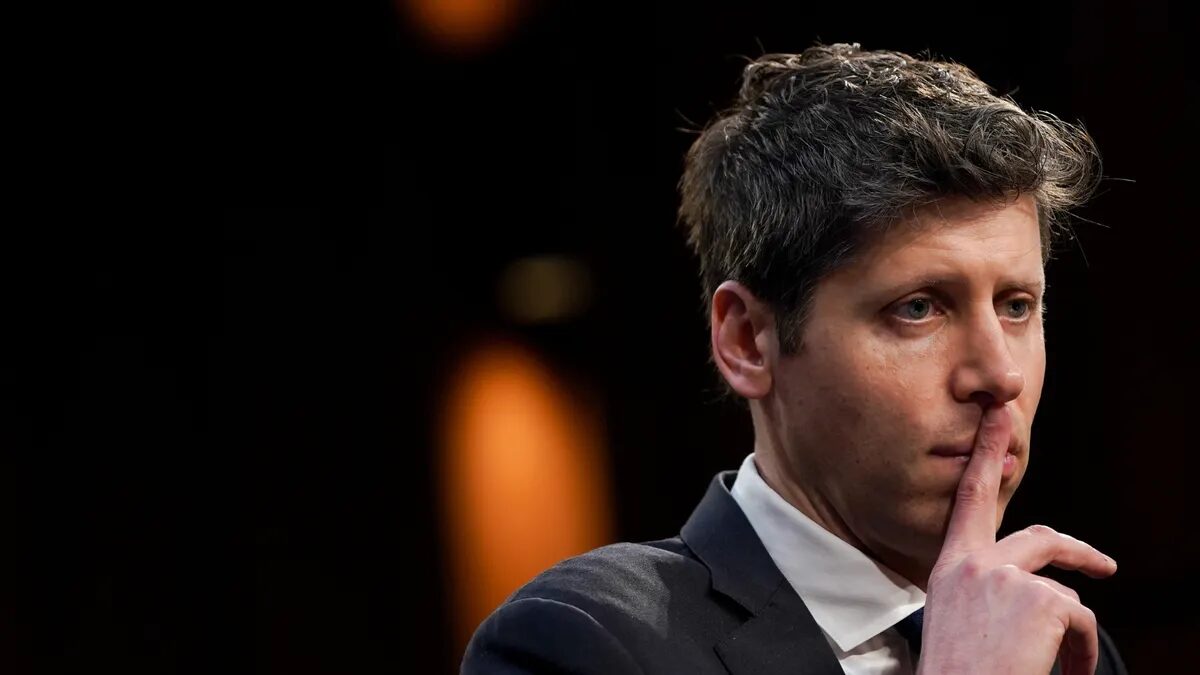EU and US agree on tariffs and energy

U.S. President Donald Trump has announced a trade agreement with the European Union that includes 15 percent tariffs on European goods and multi-billion dollar investments by the EU in U.S. energy. The new pact, according to negotiators, will help Europe reduce its dependence on Russian energy resources.
A new deal is expected to help Europe reduce its dependence on Russian energy resources.
Europe will increase purchases of U.S. energy and equipment
Speaking in Scotland alongside European Commission President Ursula von der Leyen, Trump said the European Union has pledged to purchase more than $750 billion worth of U.S. energy resources. In addition, Brussels will inject another $600 billion into the U.S. economy beyond current commitments, as well as open European markets to U.S. manufacturers and purchase military equipment from the U.S.
Brussels will invest another $600 billion in the U.S. economy over and above current commitments.
“I think it’s the biggest deal in history,” Trump said, commenting on the outcome of the negotiations.
Ursula von der Leyen backed the US president’s statement and emphasized that the US and the EU form a common market of 800 million people, accounting for nearly 44% of global GDP. “This agreement will bring stability and predictability,” she said at the briefing.
While she said that the US and the EU have a common market of 800 million people, nearly 44% of the world’s GDP.
The deal reduces trade war risks
The agreement with the EU follows a similar deal with Japan earlier in the week. It also includes 15 percent tariffs on U.S. imports, and with them an investment arrangement that has sparked controversy.
The deal also includes a 15 percent tariff on U.S. imports, and with it an investment arrangement that has sparked controversy.
Before Trump came to the White House, Europe’s economy was already struggling. But the new US trade policy has hit the strongest sectors of the European economy, including the automobile industry. Since April, German automakers Mercedes, BMW and Audi have faced tariffs of 25 percent, while the rest of their products are subject to a 10 percent rate.
German automakers Mercedes, BMW and Audi are facing tariffs of 25 percent, while the rest of their products are subject to a 10 percent rate.
German Chancellor Friedrich Merz called the agreement “a step that avoided a trade conflict that could seriously damage Germany’s export-oriented economy.”
Italian Prime Minister Giorgia Meloni, in an official statement, characterized the pact as “sustainable” and added:
“I believe that having an agreement is a positive thing, but without seeing the details, I can’t make a final assessment of it.”
Irish Prime Minister Michol Martin hailed the deal for the “clarity and predictability” it will bring to EU-US trade relations. However, he noted that the new, higher tariffs would inevitably affect trade, making it more expensive and more difficult.
He said that the new, higher tariffs would inevitably affect trade by making it more expensive and difficult.
Tariffs and the Rising Trade Deficit
At the end of 2024, the EU remains the U.S.’s largest trading partner, with imports of European goods totaling more than $600 billion.
American exports to Europe reached $370 billion that year, less than two-thirds of imports. It is this deficit that has long displeased Trump.
Analysts point out that the new conditions, including steep tariff increases, could affect global economic developments, from inflation to the outlook for economic growth.
The EU and U.S. agree on tariffs and energy was first published on ITZine.ru.








